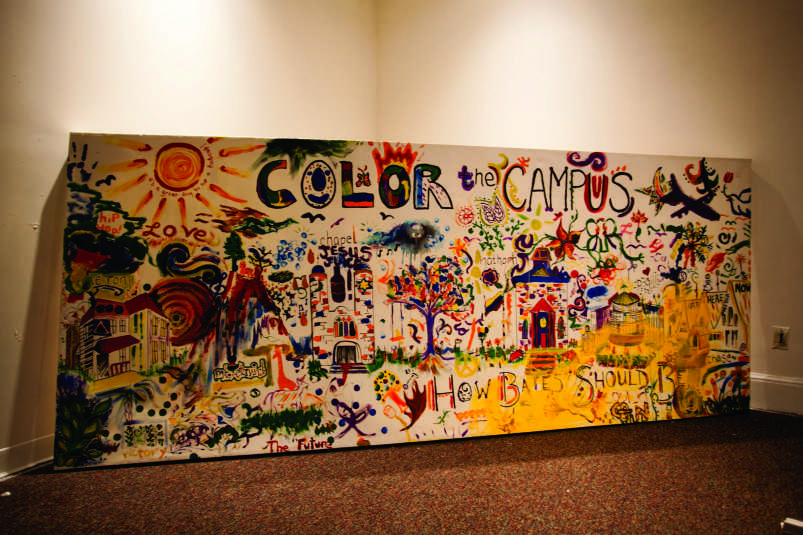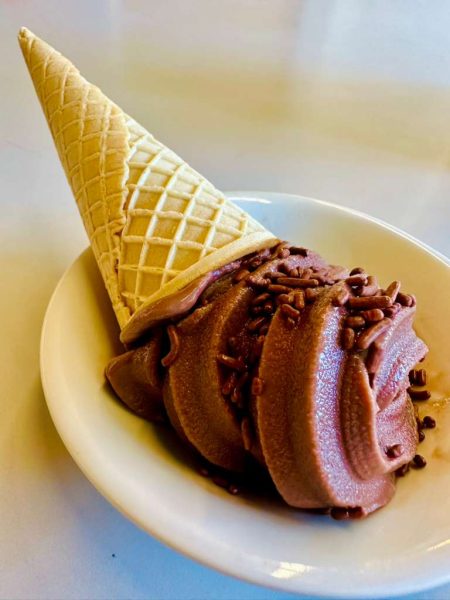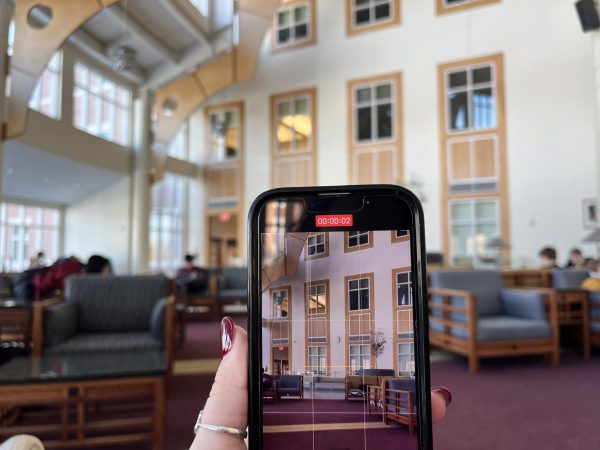Learning from Art: Why Art and Visual Culture Classes Matter
Infamously, President Barack Obama once declared, “I promise you folks can make a lot more, potentially, with skilled manufacturing or the trades than they might with an art history degree.” Although this 2014 quote is far from breaking news, it reflects sentiments and prejudices that many young Americans—and their parents—have already internalized. In the twenty-first century, art history has become the political elites’ favorite example of a “useless” degree.
Before we follow Obama down the path of moral panic, however, we need to ask whether American students are really forsaking higher income and economic advancement in favor of esoteric disciplines in the humanities. Statistics show that far more Americans graduate from trade school than with a degree in vilified programs such as art and visual culture. According to the National Center for Education Statistics, for example, only 0.2 percent of college-educated Americans hold a degree in art history.
Why do political elites spend so much time dissuading college students from pursuing an already unpopular major? Politicians—especially conservative ones—don’t harbor deep fears that we will all renounce STEM, embrace the horrific workload of a PhD program in art history, and transform the American economy into one brimming with baristas, adjunct professors, and wannabe Van Goghs. Instead, mocking art history is part of the Republicans’ culture war. It allows them to downsize art and visual culture departments and raise a pliable generation of Americans with poor visual literacy—and Democrats have assisted them in achieving these goals.
In our digital world, visual literacy—the ability to understand, use, and create images—is more important than ever. Because social media champions the perfect picture and sidelines the brief caption, it is imperative that we understand how to read the visual messages embedded in our Instagram posts, YouTube videos, and TikTok dances critically. As Visiting Assistant Professor of Art and Visual Culture Elizabeth Woodward explains, “Photographs are constructed. There are multiple [layers] of mediation between the moment that is captured [by a camera] and the final post on social media. Decisions are being made and none of them are ideologically neutral.” While unearthing the hidden meanings of social media posts might be challenging for Boomers, our generation must have infallible visual literacy…right? Unfortunately, visual literacy means understanding the Monets of the past and not just the internet’s latest memes.
Why does understanding the historical context of Leonardo da Vinci’s Last Supper—and increasing our visual literacy in the process—matter? To put it simply, our individual and collective identities are at stake. While we view our identities as being rooted in the immediacy of the present, they are oftentimes informed by our idealized—and often heavily romanticized—narratives of the past. America’s national identity, for example, has long been shaped by the Thanksgiving myth. By focusing on ritualized meals and family gatherings rather than genocide, Thanksgiving celebrates American exceptionalism and ignores its roots in horrific colonial violence. Fortunately, historians’ commitment to uncovering the lost voices of America’s marginalized communities has allowed us to recognize the problematic impact that one-sided narratives have on our national sense of self.
Rewriting our history, however, means engaging with primary sources. Unfortunately, such textual sources are often dismissed as the dull and rarified domain of scholars. Visual sources, however, can be much more accessible, evocative, powerful, and fun. While we may not be able to identify them, the masterpieces of art history, for example, constantly resurface in our pop culture—and we see them all the time. Even Disney’s Frozen recreated Jean-Honoré Fragonard’s The Swing for Anna’s song “Love is an Open Door.” Far from being just an Easter egg, these artworks are a way for ordinary college students—regardless of major—to engage with the past, question historical narratives, and participate in the ongoing process of identity formation.
Although they attack the field of art and visual culture, right-wingers also understand the power of art. QAnon Shaman—one of the most bizarre January sixth rioters—wore a horned Viking helmet and proudly displayed his tattoo of Thor’s hammer as he stormed the Capitol and threatened the heart of American democracy. According to Professor Woodward, “the appropriation of certain kinds of medieval imagery—like Thor’s hammer—by white nationalists has been a topic of significant concern among medievalists and art historians. Because popular culture portrays medieval Europe as homogeneously white and devoid of outside cultural influence, it has allowed white supremacists—like QAnon Shaman—to present the Middle Ages falsely as a utopia of racial purity and an era before globalization.”
In reality, however, the Vikings’ visual culture was shaped by their travels to faraway places like Constantinople, North Africa, and Central Asia. Despite QAnon Shaman’s attempts to present them as the historical predecessors of white nationalists, Vikings were cosmopolitan and lived in a multicultural and interconnected world—a historical discovery made evident by the Islamic coins and Buddha statues found in Viking burial sites.
Stopping white supremacists like QAnon Shaman from distorting the art of the past and twisting it into a self-serving and whitewashed political narrative means we’ll all have to risk future economic calamity, go against Obama’s paternalistic advice, and take an art and visual culture class. Whatever our so-called elites may claim, they are far from useless.
Your donation will support the student journalists of Bates College and help us cover our annual website hosting costs.

Lena is a senior from Mississippi majoring in History with a minor in Russian. Although she grew up with little exposure to journalism, she...







